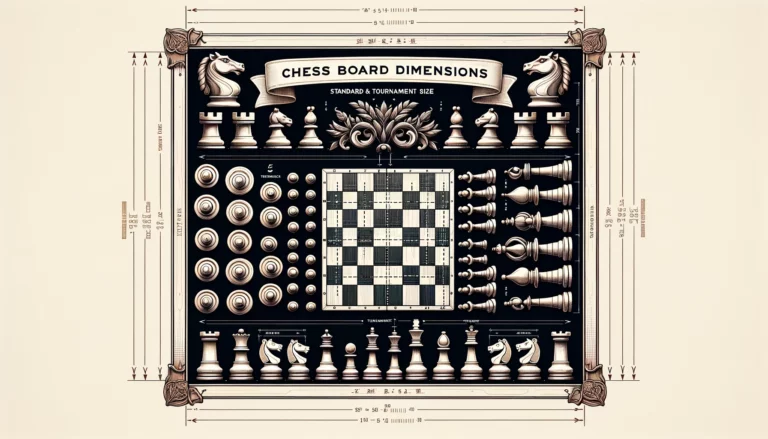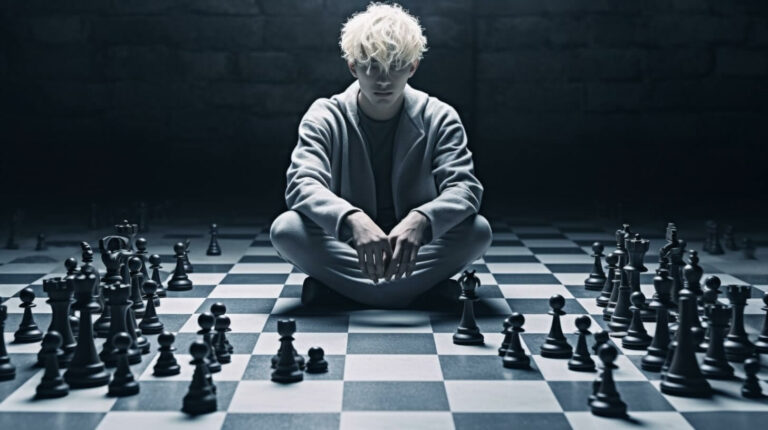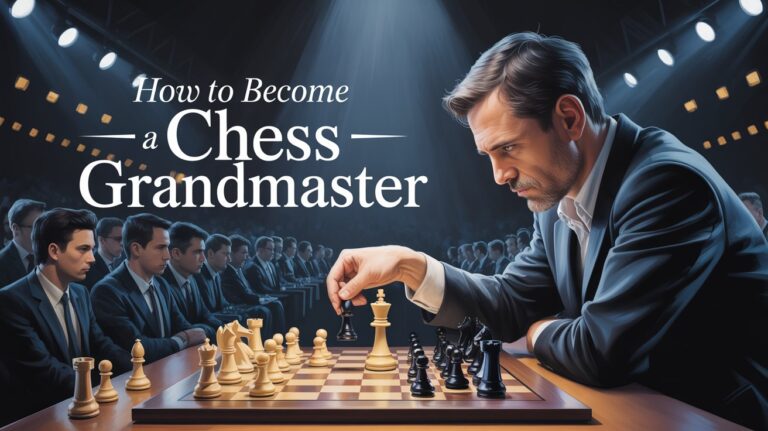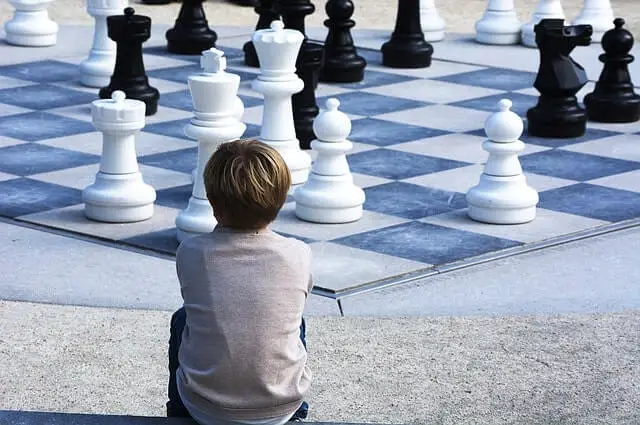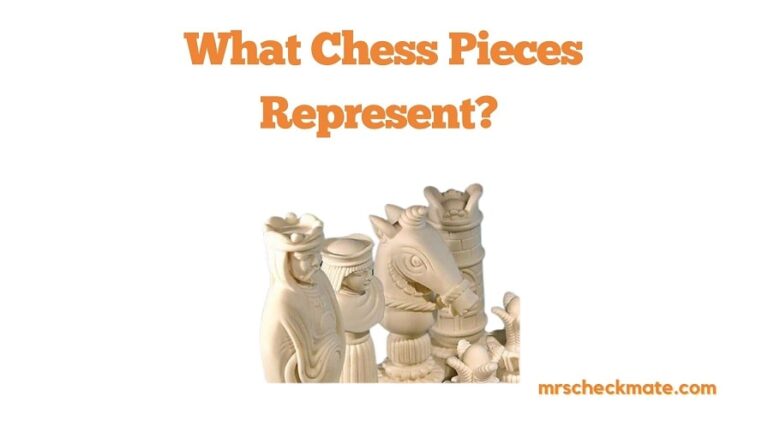Can a King Kill a King? Debunking Chess Myths
Chess, a game of strategy and intellect, has captivated minds for centuries. One of the most intriguing aspects of chess is the role of the king. The king is not just another piece on the board, but the heart of the game.
The ultimate goal in chess is to checkmate the opponent’s king, making its protection paramount. But what about the king’s offensive capabilities? Can a king kill a king in chess?
This article will delve into this common misconception and explain the unique rules that govern the king’s movements and capabilities.
Understanding the King’s Role in Chess
The king is the most vital piece in a game of chess. If you lose the king, you lose the game. However, the king is not the most powerful piece in terms of movement and capabilities. The queen, rooks, bishops, and knights all have more freedom to move across the board.
The king can only move one square in any direction: horizontally, vertically, or diagonally. Despite these limitations, the king’s role is crucial. It’s the piece that the entire game revolves around, and its safety often determines the outcome of the game.
For a deeper understanding of the king’s role and other chess pieces, check out our article on What Chess Pieces Represent.
The Myth: Can a King Kill a King?
One of the most common misconceptions in chess is the idea that a king can kill a king. This is not true. According to the official rules of chess, a king cannot kill a king.
Here’s why:
- Check: The purpose of the game is to put the opponent’s king in check, meaning the king is under threat of capture on the next move.
- Checkmate: The ultimate goal is to put the opponent’s king in checkmate, where the king is in check and there is no legal move to remove the threat.
- Stalemate: If a player is not in check but has no legal moves, it’s a stalemate, and the game is a draw.
For more information on these terms and other chess rules, our Basic Chess Rules article is a great resource.
The Rules of Chess that Prevent King vs King
The rules of chess are designed to prevent a scenario where a king can capture another king. This is due to the rule that a player cannot make a move that places their own king in check.
Here are the key rules that prevent a king from capturing another king:
- The One Square Rule: Kings cannot move to a square next to the opposing king. This is because moving into this square would put the king in check, which is not allowed.
- No Self-Check: A player cannot make a move that places their own king in check. Since capturing a king with a king would place the capturing king in check, it is not a legal move.
For more insights into chess rules and strategies, our article on Chess Opening Principles is a must-read.
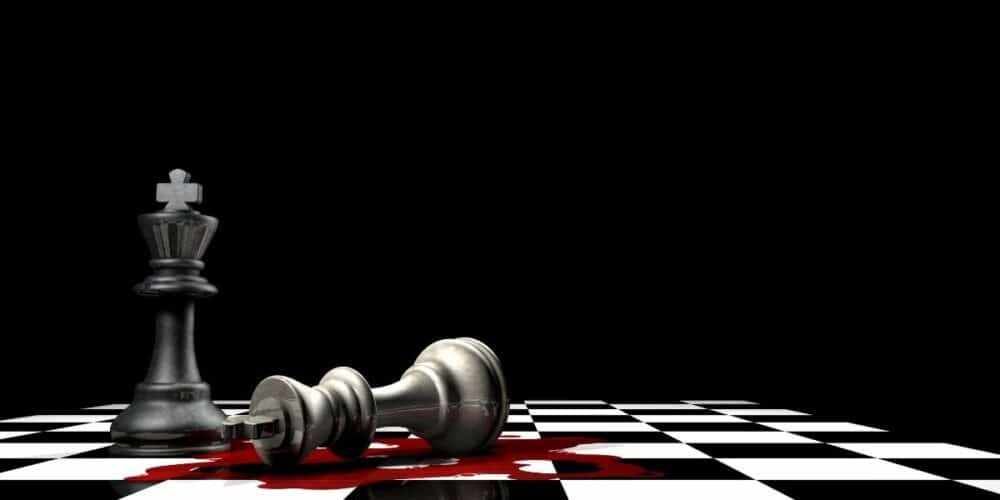
Common Scenarios and Misunderstandings
Despite the clear rules, there are common scenarios where players might think a king can kill a king. These usually occur when players are new to the game or when they misunderstand the rules. Here are a few examples:
- Adjacent Kings: New players often think that if their king is next to the opponent’s king, they can capture it. However, as explained earlier, this is not allowed due to the one square rule.
- Checkmate Misunderstanding: Some players believe that they can capture the opponent’s king after a checkmate. However, in chess, the game ends as soon as a checkmate occurs. There’s no need to physically capture the king.
- Ignoring Check: Sometimes, players might ignore or not notice that their king is in check and make another move, potentially leading to a scenario where it appears that a king can capture another king. However, this is against the rules. If a player is in check, they must remove the check on their next move.
For more common misunderstandings and chess tips, check out our article on Chess Tips for Beginners.
Strategic Importance of the King in Endgame
While the king’s movement is limited, it becomes a powerful piece in the endgame. When there are fewer pieces on the board, the king can take a more active role, both in attacking and defending.
Here are a few reasons why the king is crucial in the endgame:
- Active King: In the endgame, the king can become an active piece that can help attack the opponent’s pieces.
- Pawn Promotion: The king can support pawns in their quest to reach the other side of the board and get promoted to a queen.
- King vs King Scenario: In some endgames, only the two kings are left on the board. In such cases, the game is a draw as neither king can checkmate the other.
For more on the strategic importance of the king and other pieces in the endgame, our article on Endgame Rook vs Pawn provides valuable insights.
Conclusion
Understanding the rules and strategies of chess is crucial for improving your game. The king, while not the most powerful piece in terms of movement, holds the game in its hands. The misconception that a king can kill a king is a common one, but as we’ve seen, the rules of chess prevent this from happening.
Remember, the king is a piece to be protected in the early and middle game, but don’t forget its potential as an active participant in the endgame. Keep practicing, keep learning, and you’ll see your understanding of chess deepen and your skills improve.
For more chess-related content, strategies, and tips, continue exploring Mrs. Checkmate.
FAQs
- Can a king kill a king in chess? No, a king cannot kill a king in chess. The rules of chess prevent a king from moving into a square that is under attack, including a square occupied by the opposing king.
- What happens if a king reaches the other side of the board in chess? Unlike a pawn, a king does not get promoted or changed to another piece if it reaches the other side of the board. The king remains a king throughout the game.
- Can a game of chess end with just two kings on the board? Yes, a game of chess can end with just two kings on the board. This scenario is a draw, as neither king can checkmate the other.
- What is the role of the king in the endgame? In the endgame, the king becomes a more active piece. It can support pawns in their quest for promotion and participate in attacks against the opponent’s pieces.
- What happens if you move your king into check? Moving your king into check is against the rules of chess. If a player makes such a move, it should be retracted and a legal move made instead.

